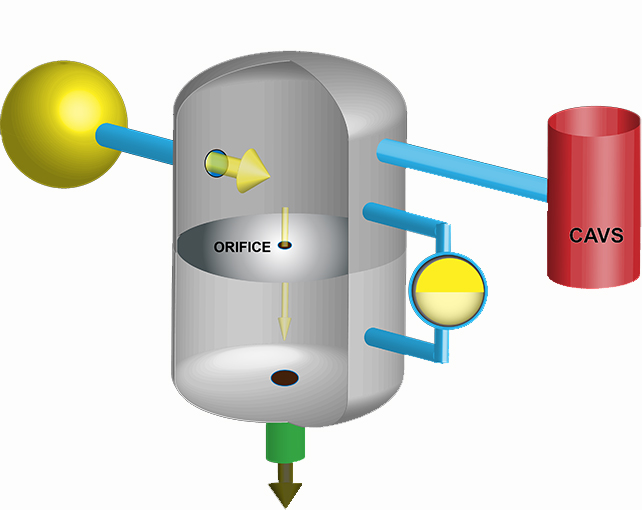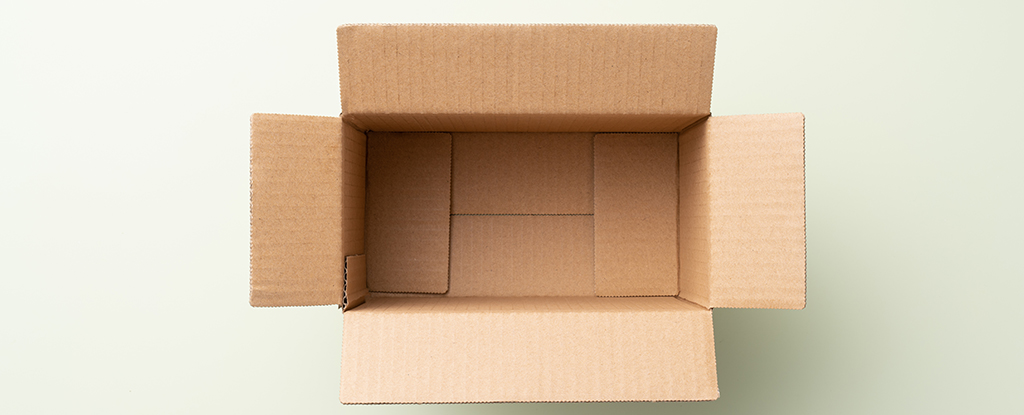Products You May Like
When a magician tells you there’s nothing up their sleeve, you’re invited to look past the arm sweat and stale air for cards or rabbits lurking within.
But when a manufacturer of high-quality microchips says there’s nothing in their vacuum chamber, you really need to trust them. Hairs, dust motes, or even molecules of pollutants could be enough to ruin the delicate technology.
The US National Institute of Standards and Technology (NIST) has now validated a process they’ve been working on for some time to accurately measure extremely low gas pressures within a confined space, providing industries and researchers with a new way to arrive at nothing.
Trying to chase every single gas particle from a container quickly becomes a fool’s quest. A few stubborn stragglers will inevitably stick around. Yet if their collective pressure falls below 0.000001 pascals (around a trillionth of atmospheric pressure), we can call it an ultra-high vacuum using the cold-atom vacuum standard (CAVS) .
Getting a precise, reliable measure of this level of vacuum is tricky, typically relying on devices using remaining gas particles as electron stepping stones, or charging them and collecting the ionized particles for counting.
Yet researchers have wondered if a limitation on experiments involving laser-cooled atoms could be flipped into a handy tool for detecting and counting the dregs of atmosphere remaining in a vacuum chamber.
Cold, uncharged metallic atoms held in magnetic traps often suffer a niggling problem – flying gas particles can punch them right out of their cage. Seen another way, measuring the loss of these atoms can provide a fairly reliable indication of the concentration of high-velocity particles in their environment.
Connecting a magnetic trap loaded with around a thousand lithium or rubidium atoms to a vacuum chamber, NIST researchers have shown it’s possible to consistently measure pressures within the ultra-high vacuum range, creating a new kind of CAVS sensor.
While they’ve been tinkering with the device for the better part of the past seven years, the team has just recently attached their new CAVS technology to a system that could steadily leak several tens of billions of molecules into a chamber per second.

Comparing the standardized volume of molecules entering the chamber with measures on their innovative CAVS sensor, the team showed their method isn’t just up to scratch; it’s far simpler than anything produced before.
Without any need to be calibrated, it in effect represents a standard vacuum measure right out of the box.
“Indeed, the portable version is so simple, we eventually decided to automate it such that we very rarely had to intervene in its operation,” says NIST physicist Dan Barker.
“In fact, most of the data from the portable CAVS for this study was taken while we were comfortably asleep at home.”
It might not work quite like magic, but for producers of high-end semiconductors or researchers reliant on vacuums for the study of everything from gravitational waves to quantum chaos to nothingness itself, the new technology could be just what they need to ensure there’s next to nothing up their sleeves.
This research was published in AVS Quantum Science.
